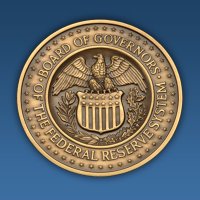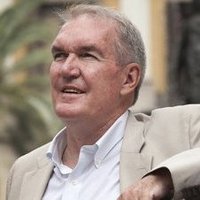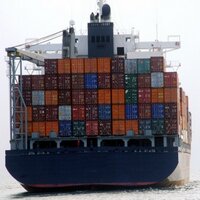
Ricardo Reyes-Heroles
@richrhc
Research Economist @DallasFed (my views, not Fed views). Previously @federalreserve, @PrincetonEcon, @ITAM_mx.
ID: 70013339
http://rreyes-heroles.com/index.html 30-08-2009 01:23:20
2,2K Tweet
1,1K Followers
892 Following


New Dallas Fed Global Institute report: A 25% tariff without retaliation can raise U.S. consumption if revenues are rebated. But with coordinated retaliation, gains disappear—leading to higher prices & uneven effects across states. Tariffs carry trade-offs. #Tariffs #TradePolicy


Speech by Governor Waller on central bank research at Bank Al-Maghrib: federalreserve.gov/newsevents/spe… Watch live: youtube.com/@BankAlMaghrib… Learn more about Governor Waller: federalreserve.gov/aboutthefed/bi…



This is a must-read paper for everyone interested in trade policy. While many were talking about the valuation effects of tariffs, Oleg Itskhoki and Dmitry Mukhin put it on paper, and it all makes sense.


Paco Buera presenting his work on Macro-Development, the first plenary session at the Annual Meeting of the Society for Economic Dynamics on the beautiful campus of the University of Copenhagen. SED Meeting


Updated draft of our paper on developing a framework to study sanctions--with Fabio Ghironi and Daisoon Kim

Using global input-output data & a gravity framework, the authors provide empirical evidence that higher import costs, such as tariffs & non-tariff barriers to trade, act like negative supply shocks that increase inflation & lower output. (1/3) federalreserve.gov/econres/ifdp/t… #IFDPPaper




Headed to NBER SI. In addition to seeing the latest research, I'm looking forward to the panels on "The Future Impacts Of Current Trade Policy" (Oleg Itskhoki, Sebnem Kalemli-Ozcan, Amit Khandelwal, Rodriguez-Clare) & "The Future of the Global Economy" (Oleg Itskhoki, Paul Krugman, Tesar).

I got to organize the NÉBER JÁNOS International Trade and Macroeconomics meeting with the amazing Yan Bai: nber.org/conferences/si… It's tomorrow afternoon and for those of you without access to the Royal Sonnesta, it's on youtube: youtube.com/nbervideos

Another timely one. How do changes in trade frictions (like tariffs) affect inflation? by Ricardo Reyes-Heroles and a team from Federal Reserve Key finding is that when the tariff hits intermediate goods (which is 40 percent of U.S. imports), inflation is more persistent.


I'm thrilled! Thanks for including my work with Pablo Cuba Borda, Albert Queralto, and Mikael Scaramucci in such an amazing program. Looking forward to tomorrow's session!

